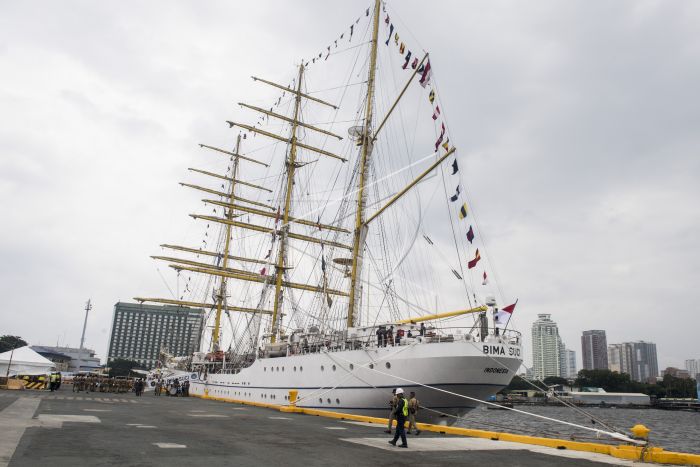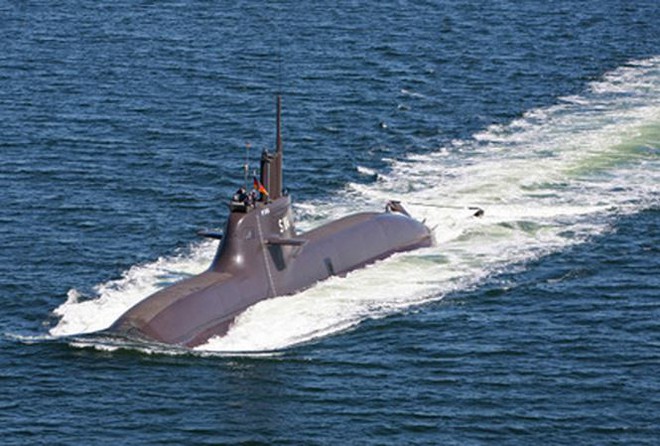Filipinos in space? Creation of new Philippine agency teases prospect of astronauts in future
• The Philippine Space Act, signed into law by President Rodrigo Duterte earlier this month, provides billions of pesos for research and development
• It also raises the prospect of Filipino astronauts, with one government scientist saying ‘we’re not precluding the possibility’
Kyodo Published: 10:48am, 17 Aug, 2019Updated: 10:19pm, 17 Aug, 2019
Will the Philippines one day emerge as a major player in the realm of space exploration? President Rodrigo Duterte certainly seems to hope so, with the passage of a new law earlier this month creating the country’s first space agency.
Fortunato dela Pena, the Philippines’ science and technology secretary, told a news conference on Wednesday that the legislation signed on August 7 “will bear fruits” for generations yet to come.
“Now we can have an agency that can move on its own, without depending on [others]”, he said.
“There will be new knowledge that can be generated, and … models that can be presented.”
The Philippine Space Act explicitly focuses on six areas: national security and development, hazard management and climate studies, space research and development, space industry capacity building, space education and awareness, and international cooperation.
A Philippine Space Council was also created, to be chaired by the president and selected members of the cabinet.
The agency itself is to be located in the Clark Special Economic Zone, north of Manila, with the government hoping that its facilities will be ready before the Duterte administration ends in 2022.
“We have to be pragmatic in the beginning. We will probably start off continuing what we’re doing. We [already] have momentum building small satellites,” said Joel Marciano of the Quezon City-based Advanced Science and Technology Institute, which falls under the government’s department of science and technology.
The Philippines began its microsatellite programme in 2014, with local engineers producing Diwata-1, Diwata-2, and Maya-1 that were all subsequently launched using foreign facilities.
Since 2010, the country has invested around 7.5 billion pesos (US$143 million) in space research and development, according to dela Pena, who also said there are currently more than 1,000 Filipino experts in space science.
Enrico Paringit of the Philippine Council for Industry, Energy, and Emerging Technology Research and Development said a number of sectors will benefit from such research.
“We can monitor vessels out there in the sea … This can also support our fisherfolk, not just to monitor where they are but also where to efficiently fish … We can also monitor our agricultural productivity … We can monitor real-time, with these capabilities in place, where deforestation and degradations are taking place … We can monitor situations in disaster-stricken areas,” he said.
The country will also be better poised to air any concerns on space issues to international organisations, such as the United Nations.
Marciano, of the Advanced Science and Technology Institute, expects the establishment of a space agency to encourage Filipino space scientists abroad to return home, and inspire young Filipinos to consider a career in space.
“We’re not precluding the possibility of it later on – that a Filipino would be in space,” he said.
“If we’re to send somebody in space … we want it to contribute something meaningful, maybe do an experiment in the space station, an experiment that is born out of local research.”
However, the prospects of a Filipino rocket launch site remains remote, he said, “because it costs a lot of money”.
The law signed by Duterte provides the new agency with an initial operating fund of 1 billion pesos (US$19.1 million), and created a 10 billion-peso Philippine Space Development Fund.
The agency is also permitted to generate income from specialised products, services and royalties, as well as accept grants and donations, and secure loans.
Leftist lawmaker Carlos Zarate said the establishment of a space agency was another example of the Duterte administration incorrectly prioritising the allocation of funds.
“There’s nothing wrong in being ambitious … but that 10 billion pesos can go a long way if we improve our agriculture sector. We even have problems in our health sector, which is also being deprived of funds. Our social services are facing big problems [too],” he said.
But Rogel Mari Sese, a Filipino astrophysicist who helped craft the new law, argued that the average return on every peso invested in space research or technology would be 2.5 pesos, based on a study his group had conducted. And this, he said “is a very conservative estimate”, citing the global average of “US$4 for every US$1 [invested]”.
“Space is no longer a luxury when it comes to national development and security. It’s a necessity,” he said.
This article appeared in the South China Morning Post print edition as: Duterte aims high with launch of space agency
https://www.scmp.com/news/asia/sout...space-creation-philippine-space-agency-teases
https://www.japantimes.co.jp/news/2...health-asia-pacific/philippines-space-agency/
Commentary
Rodrigo Roa Duterte, also known as Digong and Rody, is a Filipino President of the caliber of former President of Iran Mahmoud Ahmadinejad, who has started the first Iranian manned space program.
Back in February 2013, Iran's president Mahmoud Ahmadinejad had volunteered to become his country's first astronaut.
Encouraged with the success of Iran's first suborbital space flight of a monkey, Ahmadinejad wanted to go where no Iranian has gone before.
In 2011 he promised Iran would send a man into space by 2019, although few at the time could have thought he was thinking of himself.



 ▲ Supreme Leader spotted with Rody!
▲ Supreme Leader spotted with Digong!
▲ Supreme Leader spotted with Rody!
▲ Supreme Leader spotted with Digong!


























